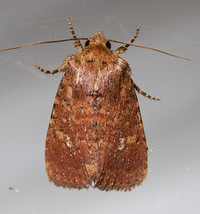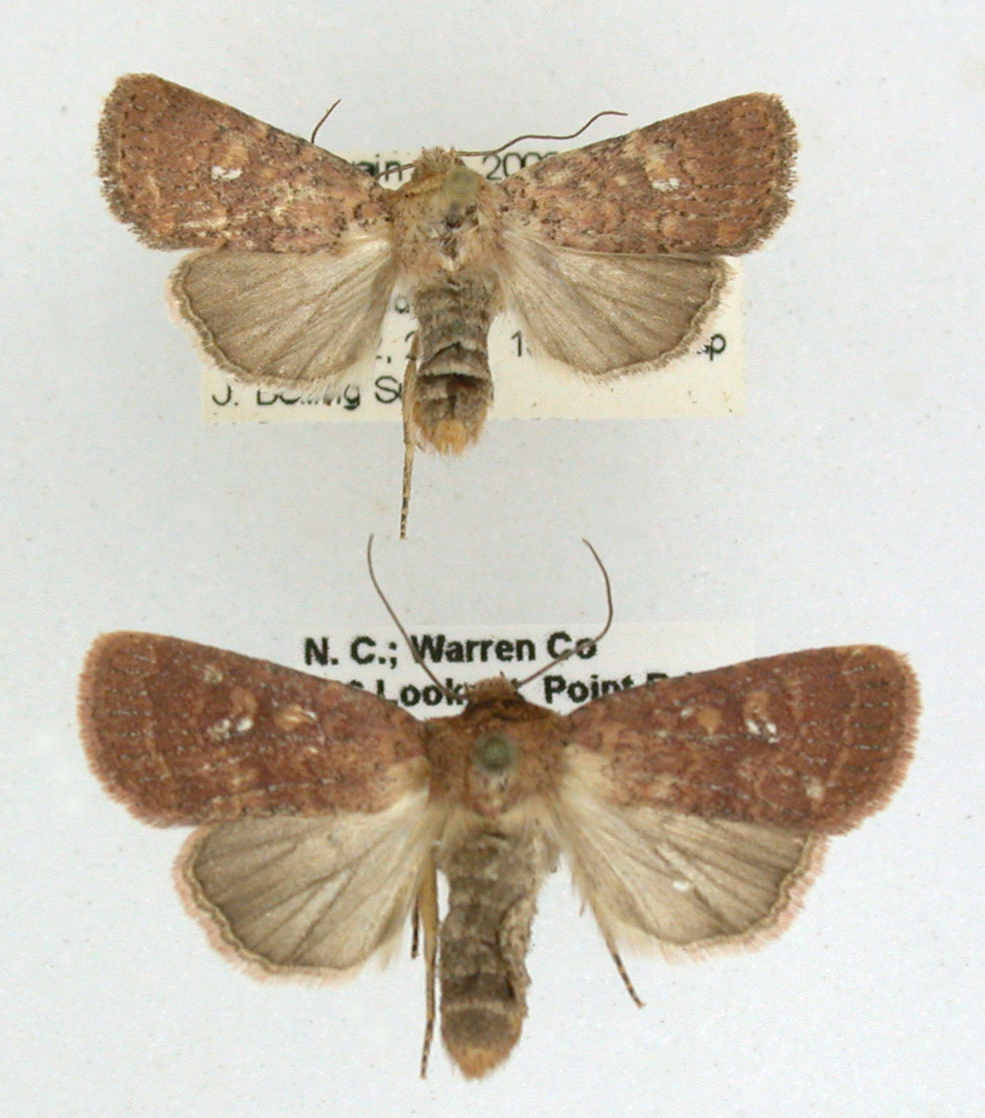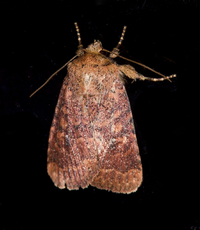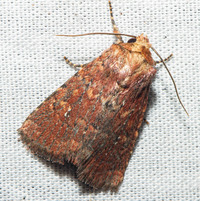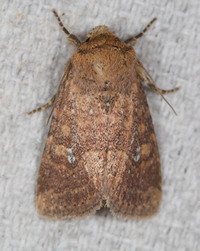
| Recorded by: Jim Petranka on 2025-10-17
Madison Co.
Comment: | 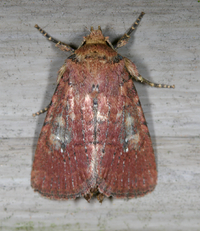
| Recorded by: Jim Petranka, Becky Elkin and Marilyn Westphal. on 2025-08-09
Henderson Co.
Comment: |

| Recorded by: Jim Petranka, Becky Elkin and Marilyn Westphal. on 2025-08-09
Henderson Co.
Comment: | 
| Recorded by: Jim Petranka and Becky Elkin on 2025-07-26
Madison Co.
Comment: |
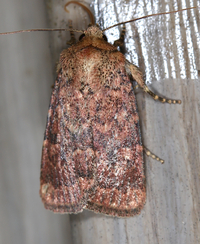
| Recorded by: Jim Petranka on 2025-05-06
Madison Co.
Comment: | 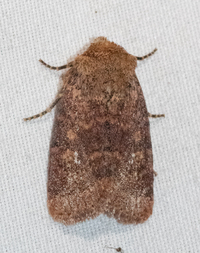
| Recorded by: Emily Stanley on 2025-04-29
Buncombe Co.
Comment: |
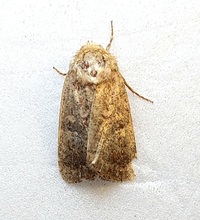
| Recorded by: Mark Basinger on 2025-04-29
Wilson Co.
Comment: | 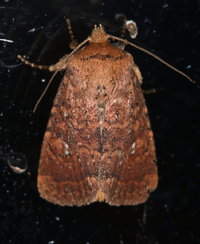
| Recorded by: Jim Petranka on 2025-04-27
Madison Co.
Comment: |
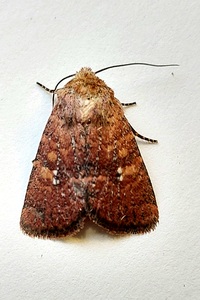
| Recorded by: Mark Basinger on 2024-09-07
Wilson Co.
Comment: | 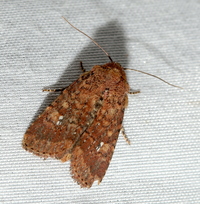
| Recorded by: David George, Jeff Niznik on 2024-08-06
Transylvania Co.
Comment: |
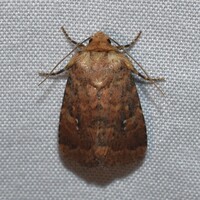
| Recorded by: David George, Jeff Niznik on 2024-08-06
Transylvania Co.
Comment: | 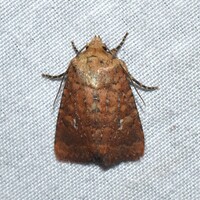
| Recorded by: David George, Jeff Niznik on 2024-08-05
Transylvania Co.
Comment: |
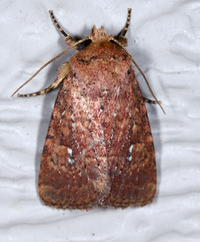
| Recorded by: Jim Petranka on 2024-07-25
Madison Co.
Comment: | 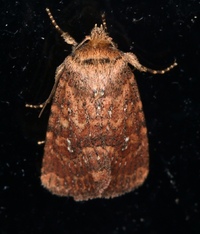
| Recorded by: Jim Petranka on 2024-05-11
Madison Co.
Comment: |
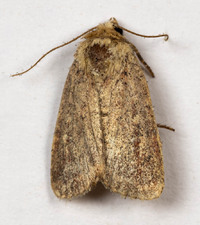
| Recorded by: Stephen Hall, David George, and David Bradley on 2024-05-07
Durham Co.
Comment: | 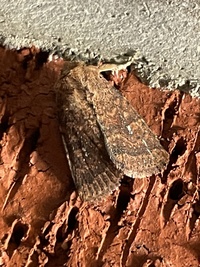
| Recorded by: Morgan Freese on 2024-04-29
Buncombe Co.
Comment: |
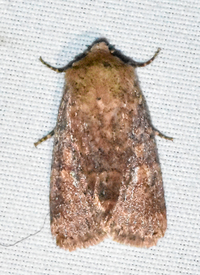
| Recorded by: Emily Stanley on 2024-04-28
Buncombe Co.
Comment: | 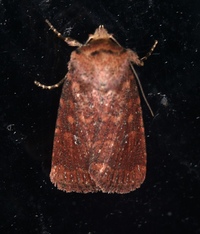
| Recorded by: Jim Petranka on 2024-04-24
Madison Co.
Comment: |
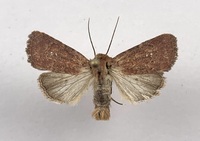
| Recorded by: R. Teper, David George on 2023-09-25
Caswell Co.
Comment: | 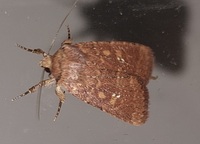
| Recorded by: Mark Basinger on 2023-08-30
Wilson Co.
Comment: |
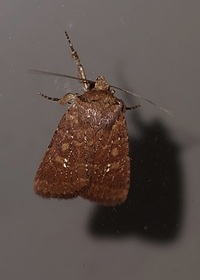
| Recorded by: Mark Basinger on 2023-08-30
Wilson Co.
Comment: | 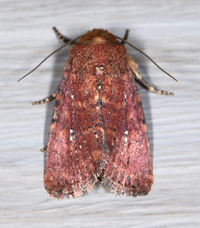
| Recorded by: Jim Petranka on 2023-08-22
Madison Co.
Comment: |
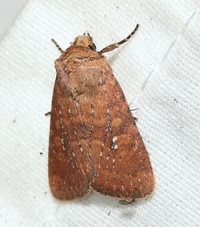
| Recorded by: David George, Stephen Dunn, Jeff Niznik on 2023-07-31
Swain Co.
Comment: | 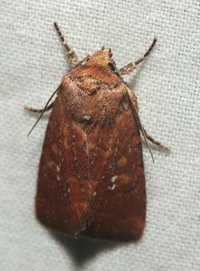
| Recorded by: David George, Stephen Dunn, Jeff Niznik, Rich Teper, Becky Watkins on 2023-07-29
Swain Co.
Comment: |
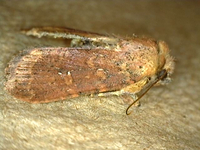
| Recorded by: David George on 2023-04-19
Durham Co.
Comment: | 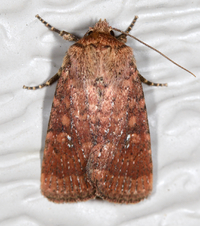
| Recorded by: Jim Petranka and John Petranka on 2023-04-19
Madison Co.
Comment: |
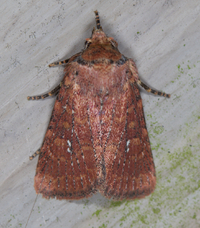
| Recorded by: Jim Petranka on 2022-07-31
Madison Co.
Comment: | 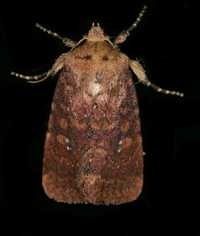
| Recorded by: Jim Petranka on 2022-05-11
Madison Co.
Comment: |
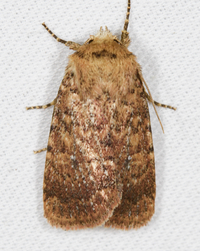
| Recorded by: Jim Petranka on 2022-04-30
Madison Co.
Comment: | 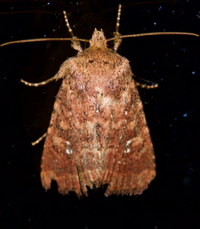
| Recorded by: Jim Petranka on 2021-08-06
Madison Co.
Comment: |
|

 »
»